Optical Sensing and Biosensors
Precision Biosensing Solutions
Revolutionizing Biosensing: A Journey Through Light and Matter
The way light interacts with matter has so much potential for new discoveries in sensing technologies. This project explores how we can use light and materials to develop innovative tools for healthcare, environmental monitoring, and industry. From mid-infrared sensing to advanced terahertz waveguides, this work is about collaboration, precision, and creating something impactful.
The journey starts with tunable optical filters and plasmonic sensors, where double-sided gold and silver gratings control how light interacts with materials. These designs are very sensitive and can detect even small changes in the refractive index. They are more than just biosensors—they are also useful for applications like red light devices and environmental monitoring.
Next, we look at the mid-infrared spectrum, where Fano resonances are used to achieve very high sensitivity. By combining heavily doped silicon and metallic nanostructures, sharp spectral dips are created, allowing for sensitivities like 8000 nm/RIU in air and 950 nm/RIU in water. These breakthroughs make it possible to detect chemicals and biological changes that were previously invisible.
Then, we move to double-layered metallic gratings, carefully designed for mid-infrared sensing. These gratings use surface plasmon polaritons and cavity resonances to detect very small changes in refractive index, with resolutions as fine as 1 × 10⁻⁷ RIU. The grooves in the structure trap light and extract precise information, making them highly effective.
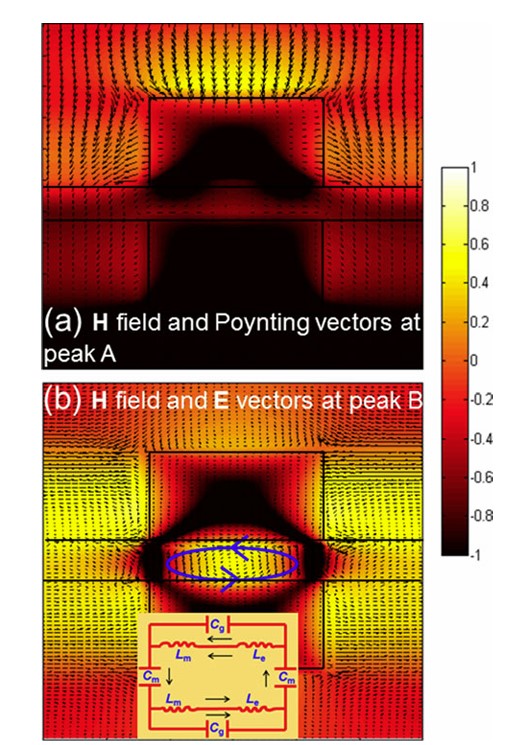
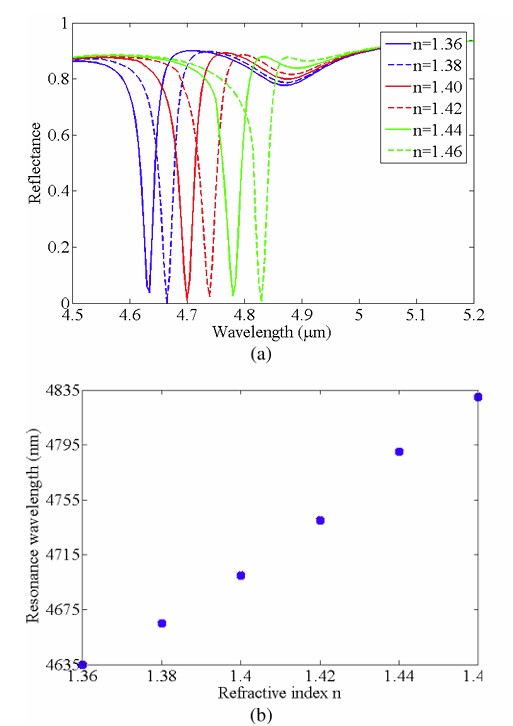
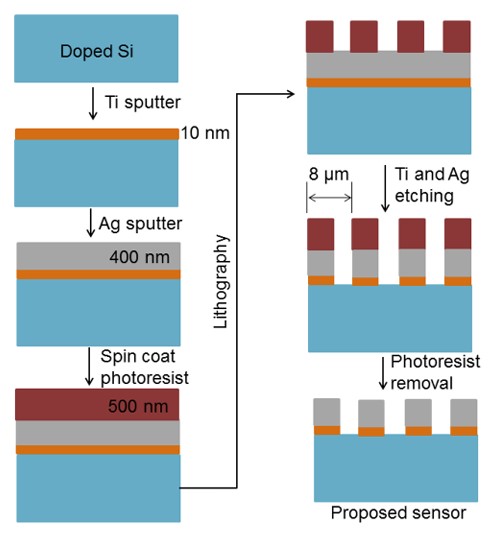
At the center of this work are the original ideas, designed to push the limits of what light can do for sensing. Along with these innovations, collaborations have also helped expand the scope of this project.
For instance, Indium Antimonide (InSb)-based slot waveguides show how terahertz waves can be confined to very small scales. These waveguides allow for low-loss transport and work with CMOS technology, making them practical for applications like biochemical sensing and high-frequency communication.
Similarly, the terahertz temperature sensors designed with Mach-Zehnder interferometers are very precise. With a sensitivity of 8.9 × 10⁻³ THz/K, they are great for monitoring biochemical reactions and thermal processes, making them useful in both laboratories and industries.
Lastly, nonlinear optical processes come into play with Kretschmann-based nonlinear plasmonic sensors. Using sum- and difference-frequency generation, these sensors achieve sensitivity as high as 1 × 10⁶ nm/RIU. They work across both visible and mid-infrared spectrums, opening new opportunities for biosensing. This shows how even simple setups, like a glass prism and a gold film, can lead to big innovations.
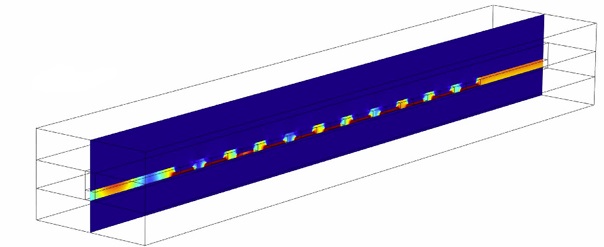
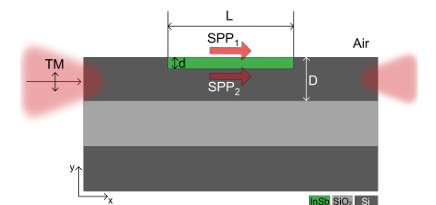
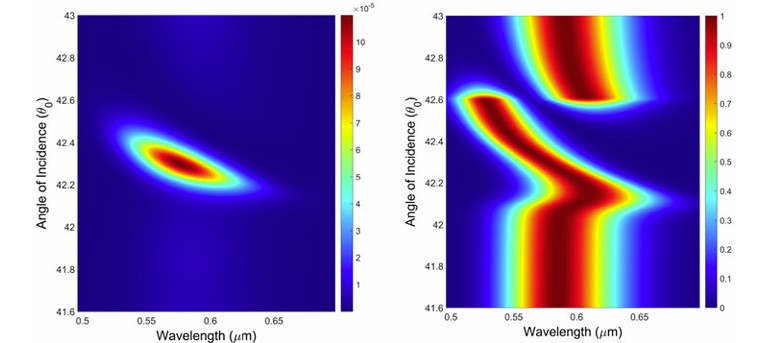
All of these studies come together to form a story of creativity and collaboration. This project is not just about technical details—it’s about imagining how light can help us see the world in new ways and solve important problems. It’s an invitation to explore the future of optical and plasmonic biosensing.
REFERENCES
- “Tunable optical filter based on gold and silver double-sided gratings and its application as plasmonic sensor”, Nghia Nguyen-Huu*, Jaromir Pištora, Michael Cada, and Yasumoto Kiyptoshi, IEEE/OPTICA Journal of Lightwave Technology, 2014
- “Mid-infrared Fano resonance in heavily doped silicon and metallic nanostructures due to coupling of Wood–Rayleigh anomaly and surface plasmons”, Nghia Nguyen-Huu*, Michael Cada, Youqiao Ma, Franklin Che, Jaromir Pistora, Kiyotoshi Yasumoto, Jie Lin, and Hiroshi Maeda, J. Phys. D Appl. Phys., 2017
- “Optimized double-layered grating structures for chem/biosensing in midinfrared range”, Quoc-Hung Phan, Nghia Nguyen-Huu*, and Yu-Lung Lo, IEEE Sensors Journal, 2014
- “Subwavelength InSb-based Slot wavguides for THz transport-concept and practical implementations”, Youqiao Ma*, Jun Zhou, Jaromír Pištora, Mohamed Eldlio, Nghia Nguyen-Huu, Hiroshi Maeda, Qiang Wu, and Michael Cada, Scientific Reports, Nature, 2016
- “Mach–Zehnder interferometer-based integrated terahertz temperature sensor”, Youqiao Ma*, Nghia Nguyen-Huu, Jun Zhou, Hiroshi Maeda, Qiang Wu, Mohamed Eldlio, Jaromír Pištora, and Michael Cada, IEEE Journal of Selected Topics in Quantum Electronics, 2017
- “High sensitivity integrated visible to mid-infrared nonlinear plasmonic sensor”, F Che*, S. A. Ponomarenko, M. Cada, and N. Nguyen-Huu, IEEE Photonics Journal, 2017